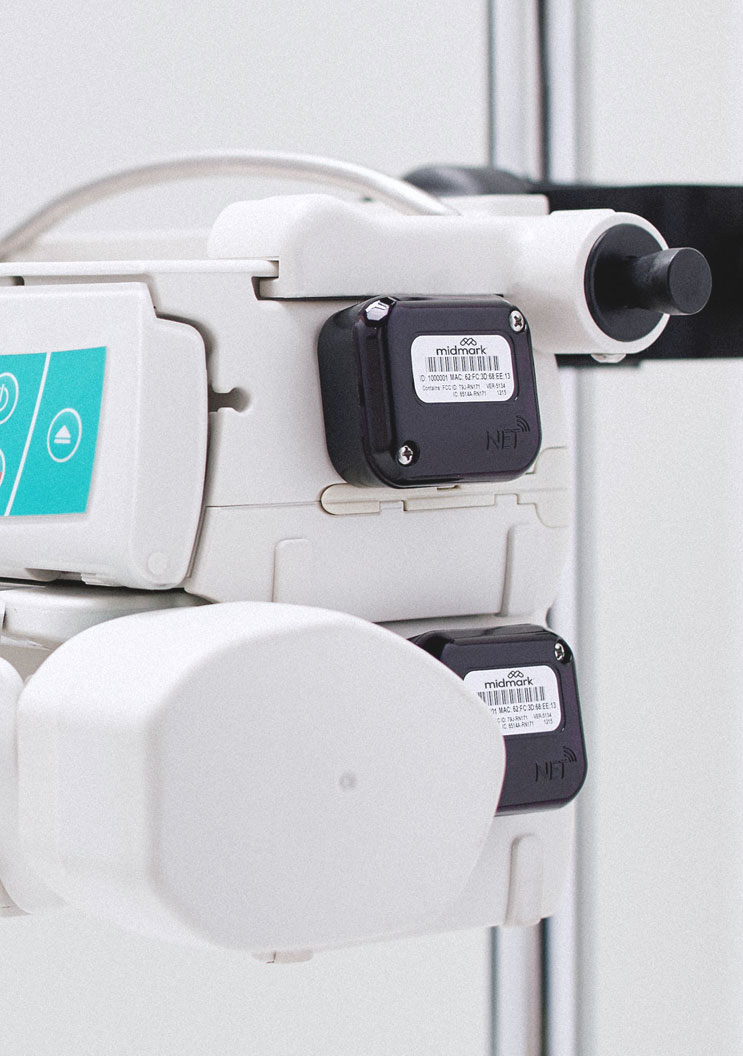Increase patient volume and improve satisfaction
Federal healthcare reforms call for higher quality, safer patient care delivered with improved customer service. At the same time, declining reimbursements threaten profitably, while the trend toward outpatient care is fueling the need to see more patients in less time.
Caught in the middle are medical practice managers, physicians, and nurses struggling to realize the promised efficiencies of electronic health records (EHRs) while maintaining high levels of care. As a result, facilities are searching out technologies that will improve productivity and patient experience. One innovation that addresses both challenges is the use of Real-Time Locating Systems (RTLS).
Working with Primary Systems to Implement an accurate RTLS solution can help practice managers and providers understand patient progression, staff workflows, and eliminate wasted time. RTLS can improve the patient experience and operational efficiency, impacting patient satisfaction. This real-time snapshot of locations is displayed on workstations, mobile devices, and overhead displays, for example, in a list view or digital map of the facility. The location information provides immediate and real-time operational visibility to all staff members. Easy-to-deploy and easy-to-use smart room concepts, location of staff and assets, patient flow, and hand hygiene compliance are just some of the ways we affect change in point-of-care every day.
Asset Tracking

Find equipment quickly to improve patient care, complete preventive maintenance and lessen nurse workload while distributing assets and utilizing your fleet to its fullest potential, reducing expenses.
Acute Workflow

Knowing real-time staff and patient locations simplifies communication and reduces time spent searching. Automate bed status, eliminate manual data entry, and improve hospital bed turnover times.
Staff Safety

Call for help in emergencies by pressing the button on your badge to notify colleagues of your location. Learn how we can combat hospital-acquired infections by measuring and documenting hand hygiene compliance.

